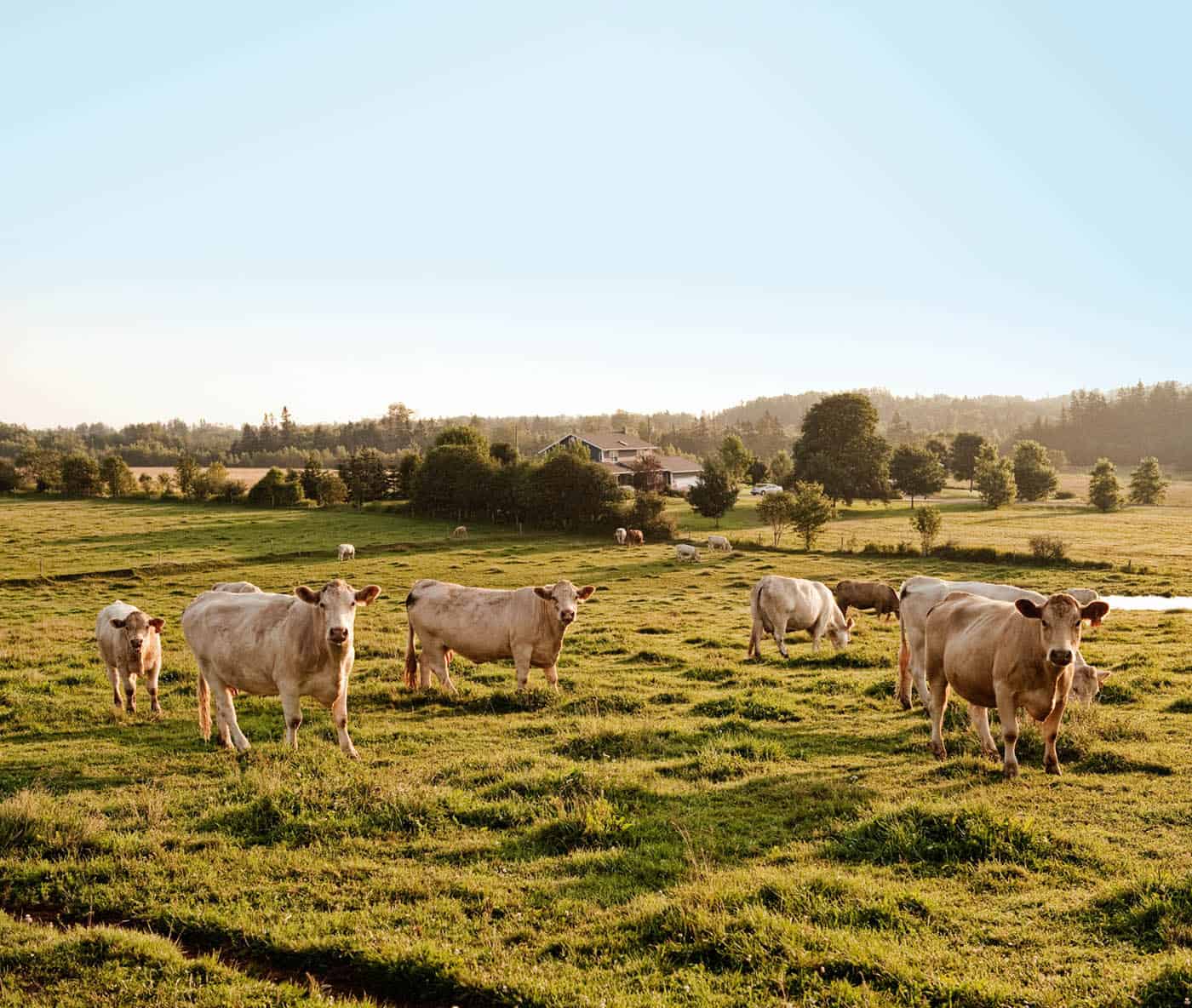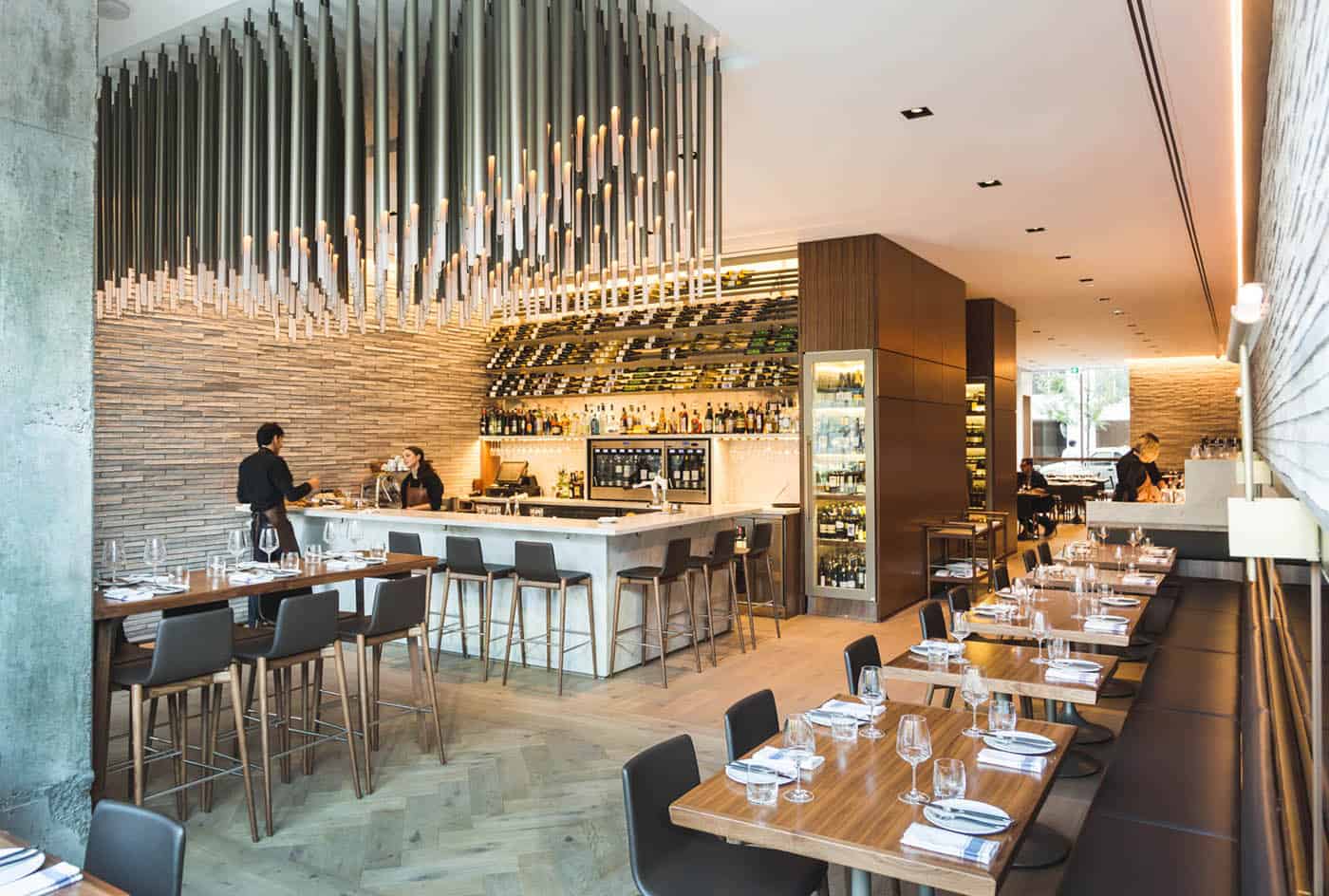Travels in Rioja and San Sebastián reveal Spain’s enduring devotion to good taste
It’s my last night in Spain’s Rioja and Basque regions, and here I am at the three-Michelin-starred Arzak in San Sebastián.
It feels as if everything I’ve consumed and contemplated this past week has been leading to this moment as we tuck in for the tasting menu, which begins, perfectly enough, with some Perrier-Jouët and a whole lot of pintxos.
We are at the chef’s table in the kitchen and chef Elena Arzak, having graciously taken our orders, is now sending out a series of small dishes that are delightfully colourful and playfully composed. Meantime, she flits over to us every once in a while, perfectly relaxed and smiling. Her kitchen runs at a low hum of activity—there are three dozen staff in the efficient space—which is perfectly controlled, even when the entire restaurant upstairs is full, as it is now.
A server arrives bearing an interesting something perched atop a crushed tin can. It’s a txistorra—traditionally a cured sausage of minced pork—but here it lives as a little pocket of savoury meat wrapped in beer-marinated mango (hence the can).
It arrives with a few other gems, including a marinated sardine folded over fresh strawberry purée and a small bottle of raspberry bitters, the latter for shooting. Palate cleansed, we welcome a dozen more dishes. Scarlet prawns are marinated with lemongrass and mint, served with a chip of beetroot and crunchy krill. White tuna is a silky portion of belly paired with a tangy jackfruit sauce and green melon “waves,” literally—pieces of melon carved to look like waves. It’s silky, rich and irresistible. Every dish is a precise delivery of flavour and texture and a dash or two of vibrant of colour. All flawlessly executed. Arzak is located in the family’s former home—it later became a tavern and then a restaurant run by Elena’s grandparents. Her father, Juan Mari, still cooks occasionally, but this is really Elena’s show now. Juan Mari is famously one of the chefs driving “new” Basque cooking. Before our diner, we visited Arzak’s studio, where shelves of ingredients and state-of-the-art cooking equipment are put to use daily.
The culture of food in San Sebastián is deep—and it is visible everywhere. A walk through the Parte Vieja (old town) reveals street after street filled with people standing outside tapas bars, where savoury dishes often look more like elaborate and colourful pastries. Shop windows display all manner of food items: legs of jamón, cheeses, chocolates, tinned seafood and vegetables (white asparagus is particularly prevalent) and individually wrapped portions of salt cod, priced according to quality grade.
There’s an obsession with food here. The city has more Michelin-starred restaurants per capita than anywhere else in the world. While walking through town with a local food guide, we see several “sociedades gastronómicas.” These are gentleman’s dining clubs, where the men of the house gather in friendly competition. They’ll take turns cooking for each other—and arguing about whose recipes are better. Members have to be invited to join, and they pay dues to maintain the building, the kitchen and sometimes a small staff and a wine cellar manager.
We walk to the fish market, a temple containing the freshest fish I’ve ever seen, laid out on ice like plundered jewels from the sea. Here, our guide spots an elderly gentleman with his helper. “See, the young man is carrying the bags,” she tells us. “That’s his apprentice.” The older man is giving instructions to the fishmonger, who picks up a long, slender, cod-like fish called merluza. “That’s an unusual cut,” our guide says as the fish is being dismantled. “He’s going to cook merluza vizcaína”—cod in a pepper sauce. “They never use lemon with seafood,” she says. “Lemon is suspect. It means you’re trying to hide something.” San Sebastián sits on the edge of the Bay of Biscay, about an hour from Bilbao and an hour and a half from the tiny town of Logroño, which we also visited.
It’s a sleepy spot, a stark contrast to the glitzier side of San Sebastián, and famed for its tapas bars and Rioja wines. The region’s abundance of produce explains the many market shops congregated in the centre of town. Fresh fruit and vegetables are displayed with museum-like reverence, and tinned and bottled goods—oil-packed fish, peppers, tomatoes and white asparagus, along with olive oils and vinegars, line the walls. (Tip: buy your souvenirs here rather than paying twice the price in San Sebastián.)
The tapas bars in Logroño are more modest than in San Sebastián. A place might serve just one thing, and it’s usually simple. Such as Bar Soriano, famous for its three mushrooms grilled with garlic butter and skewered with a shrimp on top. Every night, the streets fill up by 9 p.m. with people eating, drinking and standing around barrels that act as tables in the streets (the long-aging requirements of Rioja wines mean there are a lot of spare barrels around).
Several times I notice small groups of people exchanging money before walking into a bar. This is a local custom. One person in a group of friends handles the money, which makes paying at each tapas bar quick and easy. The group continues along, eating and drinking till the money runs out, and then they call it a night.
Logroño is the wine capital of Rioja. The Ebro River runs right through it. Over the past decades, many Rioja wineries have modernized and improved quality. We visit the Campo Viejo winery, a centuries-old establishment that was recently renovated and expanded. We taste a mini-vertical in the cellar with winemaker Elena Adell, and later gather for a traditional outdoor meal with lamb grilled over Tempranillo vines, a local specialty. Simple and delicious, the light smoke from the vines perfuming the tender lamb just so.
Adell has been making the wines at Campo Viejo for almost 20 years. We try the Gran Reservas from 2001, 2005 and 2010. Remarkably, the 2001 is still berry-fresh and lively, with subtle tertiary notes of dried nuts and fruit, and a silky smoothness that comes from bottle age. The 2005 and 2010 wines seem young but are still drinking beautifully, with even better things to come. It strikes me that though Rioja wines are built to age, even some of the top Gran Reservas can drink very well in their youth.
Even more remarkably, when we dined at Arzak— we were able to secure a bottle of rare 1981 Campo Viejo Gran Reserva. Though with 80,000 bottles in the Arzak cellar to choose from, perhaps it was not so remarkable. The 1981 was delicate, silky, perfumed and earthy—and still full of life. I sure hope to try it again some day.
ARZAK PHOTOS courtesy of Arzak, ALL OTHERS BY DICK SNYDER



